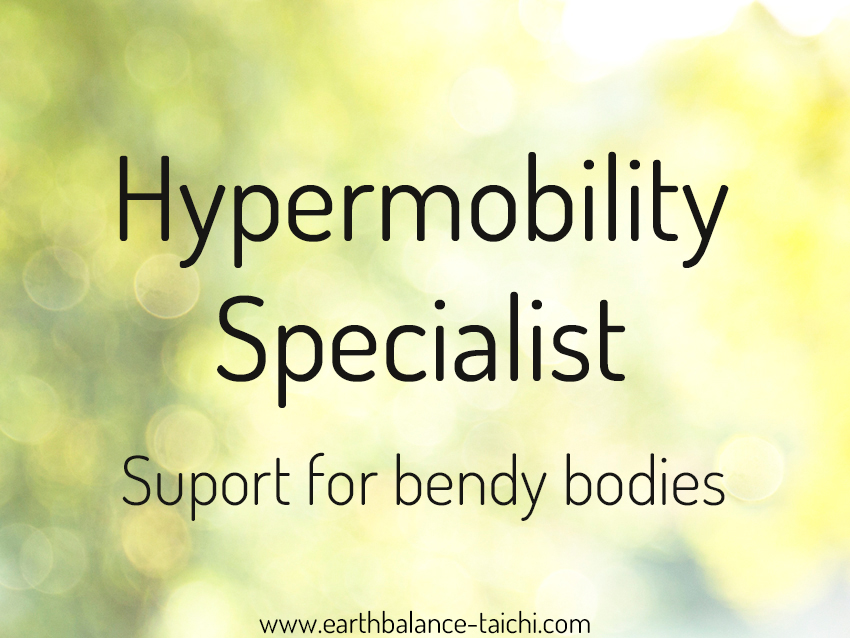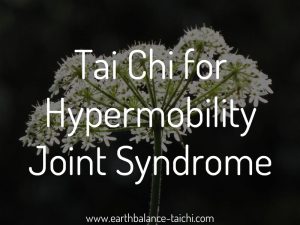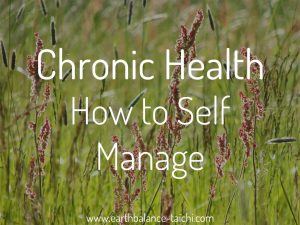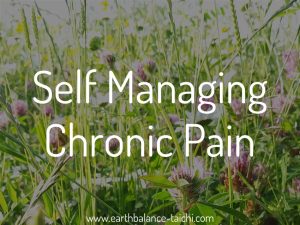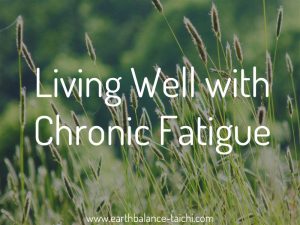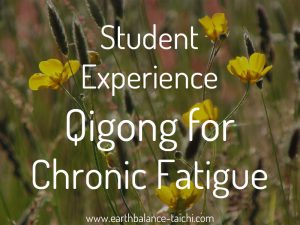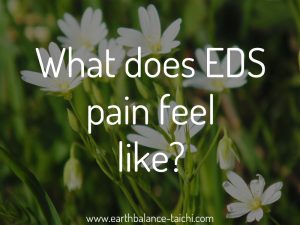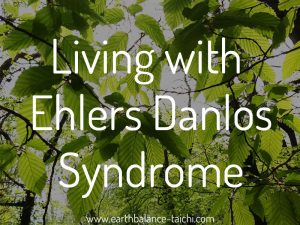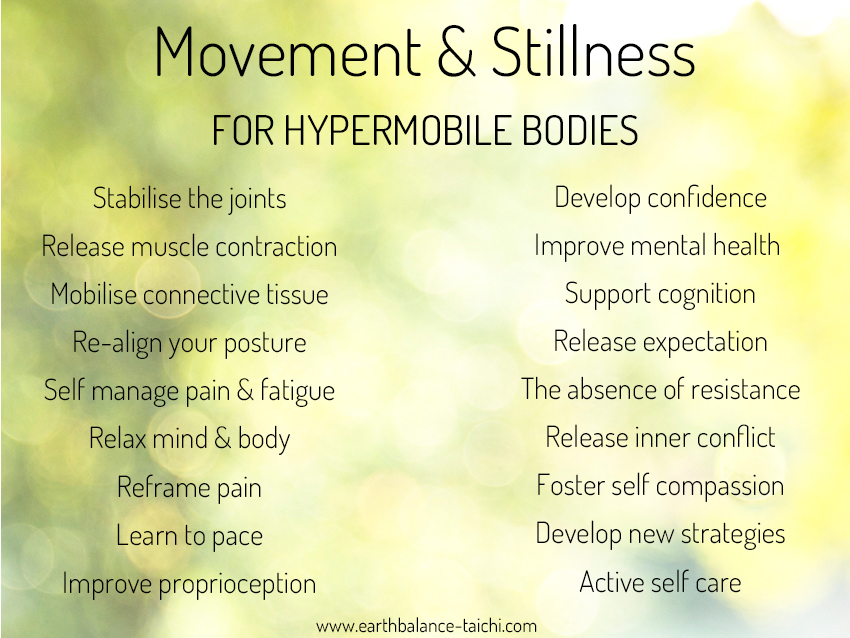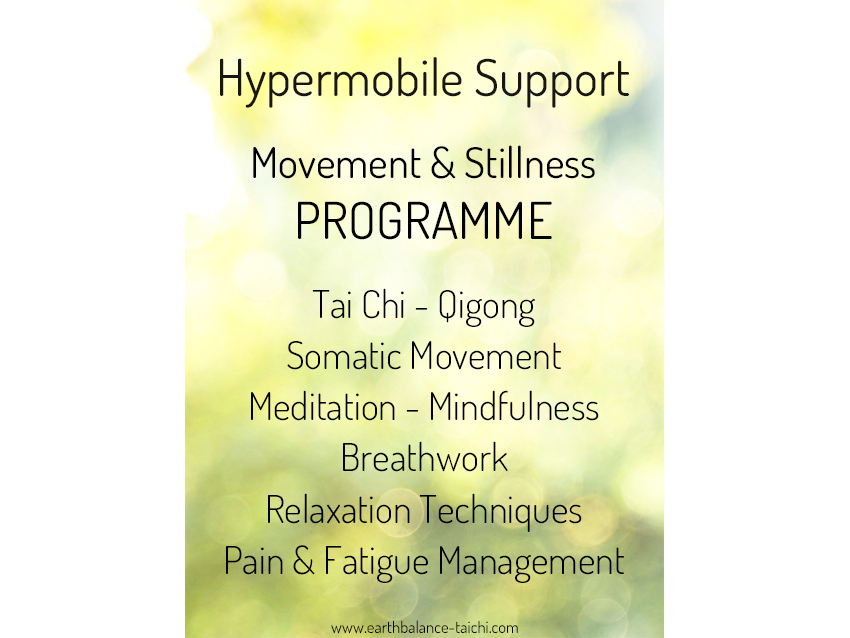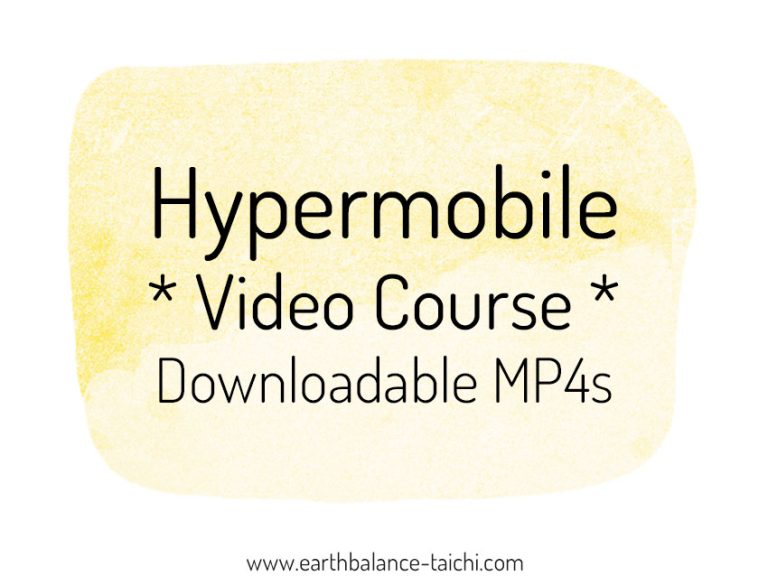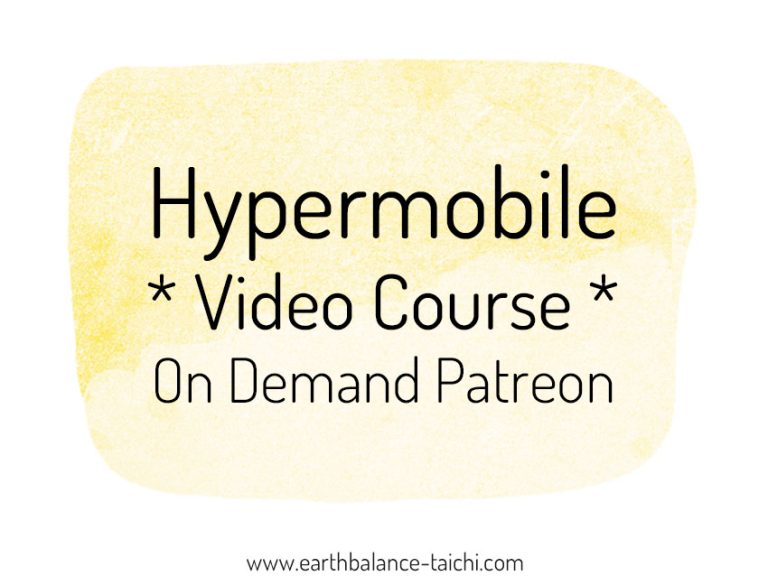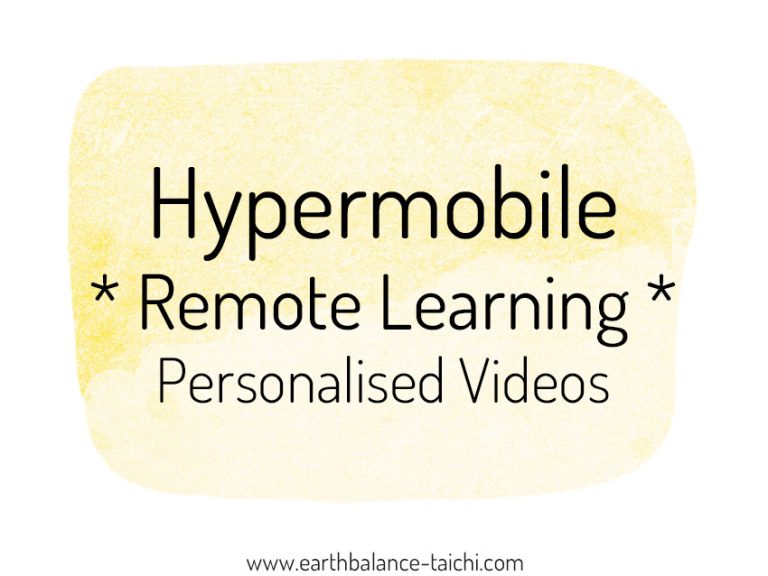Hypermobility Specialist
Hello, I am Nicola a hypermobility specialist based in Hampshire in the UK. Personally, I live with hypermobility spectrum disorder, fibromyalgia and chronic fatigue syndrome. Professionally, I have dedicated the last fifteen years of my life to studying the human body in movement and stillness, to help find natural strategies to support the symptoms of living with hypermobility.
I am a Tai Chi, Qigong, mindfulness, meditation and breath work coach. I specialise working with people who are at a pivot point in their health. Supporting:
- Those new to a diagnosis who are trying to make sense of the world, and need a guide.
- Those who may have reached the end of treatment available on the NHS and still need support.
- Those who are looking for a complementary approach to integrative health care.
- Those who are seeking a chronic illness/EDS/hypermobile syndromes specialist.
- Those who are looking for a holistic whole body and mind approach to self care.
- Those who want to exercise again, but don't know how to start.
- Those who simply do not know where to turn next.
I support clients who live with chronic syndromes such as hypermobility, EDS, chronic fatigue, fibromylagia, MS, recovery from stroke, parkinsons disease, cancer etc. I provide services on the Isle of Wight and also work globally through online 121 tuition, online group classes and through my Hibernating Bear and Hypermobile Body Programme.
Since 2010 I have been writing my health and well being blog, exploring all things mind and body, with a focus on the benefits of Tai Chi and Qigong training, especially those living with pain and fatigue. Tai Chi and Qigong are much more than simply waving the hands in the air to feel good. They are traditional systems of health preservation practices that offer a different approach from the norm to improving wellness, quality of life, and the ability to cope. Building resilience is key.
I experienced a sudden health deconstruction in my early 30's, about 18 years ago. Previously, I was a sporty woman who loved running, swimming, cycling, martial arts and being active outdoors. Everything at that moment stopped, my body gave up, and overnight my identity changed. Not one aspect of my life remained the same. It was the hardest adjustment to make and the ripples of that carried on for many years.
During my health reconstruction phase I tried many different sports, weight training and mindful movement arts (yoga, pilates), yet the only one I could realistically do at the time without further injury, more pain, and more fatigue was Tai Chi and Qigong. It was during this time that I trained to become a teacher, and the rest is history as they say. You can read about my story and history through chronic health challenges here.
Have a read through some of my featured hypermobility specialist blog posts below, which explore life with chronic health conditions, both the physical and mental challenges that we have to navigate on a daily basis.
My Hypermobile Service
An introduction to my framework of health and wellness when supporting people with hypermobile bodies.
I believe everyone is unique, even with the same diagnosis. We all go through the ebb and flow of symptoms, through ageing, routines, families, relationships, work and environmental factors. Person centred support is at the heart of my work with my private clients. I have ongoing lived experience of the challenges faced living with a chronic illness, and I continue to study, practice, and research. I can truly empathise and relate to my clients and students, offering not only personalised support, but also validation, a heart felt understanding of the condition, and above all providing a sense of hope. It is possible to build resilience and live well. Hypermobility may be what we live with yet it doesn't need to be our identities. This is what drove me to become a hypermobility specialist.
1. Joint Stabilisation & Integrated Muscle Strengthening
- Understand how to live in a bendy body.
- Stabilise the joints.
- Protect the joints from hyper extension / hyper compression.
- Appropriate range of motion / extension.
- Motor control and coordination.
- Move in a safe range of motion.
- Joint safe movements and positioning.
- Strengthen the muscles and mobilise the connective tissues in an integrated way.
- Body weight exercises with little or no impact.
- Exercise repetition to develop stability and muscle memory.
- Re-educate the soft tissues to avoid stretching, fostering pandiculation / natural lengthening.
2. Proprioception & Body Awareness
- Improve proprioception / body awareness of your body, limbs, joints, and extremities location and position in motion, statically and in relation to the surrounding environment.
- Balance, stability, and fall prevention techniques.
- Sense awareness, listening inwardly to biofeedback.
- Self awareness of pain as a diagnostic.
3. Movement Re-education & Posture
- Biomechanical and functional mobility that can be applied to everyday life.
- Realign and improve your posture.
- Re-educate your body movements to be efficient, aligned and safe.
- Re-educate your physical body patterns to be aligned when still.
- Confidence in stillness and movement.
- Self adjustment and self correction, using visual clues, physical clues, and biofeedback.
4. Pain Management
- Baselines and pacing to avoid over doing it, the boom and bust cycle and flare ups.
- Exercise, breathwork, meditation, mindfulness to reduce pain levels.
- Techniques to lessen the pain experience.
- Relationship between stretching and pain, posture and pain, and physical tension and pain.
- How to reframe pain, and how to lean into pain.
- Pacing to gradually increase activity and exercise levels.
- Fostering proactive and responsive self-care.
- Empowering acceptance in your whole body and being.
- Guidance with developing a pain-self-care tool box.
- Signposting to physical therapies, complementary therapies, alternative and integrative therapies to support.
5. Fatigue Management
- Baselines and pacing to avoid over doing it, the boom and bust cycle and flare ups.
- Variation planning: activities, exercise, and rest.
- The spoon theory.
- Resource efficiency and energy conservation.
- Self reflection regarding causes and triggers.
- Pacing to gradually increase activity and exercise levels.
- The relationship between exercise and fatigue, posture and fatigue, physical tension and fatigue.
- How to reframe fatigue, and how to lean into fatigue.
- Fostering proactive and responsive self-care.
- Empowering acceptance in your whole body and being.
- Guidance with developing a fatigue-self-care tool box.
- Signposting to physical therapies, complementary therapies, alternative and integrative therapies to support.
6. Mental Resilience
- Improve mental wellbeing and the ability to cope.
- Be proactive in your mental health self-care and self-advocacy.
- Down regulation and self regulation of the stress state.
- Signposting to talking therapies and mental health professionals.
7. Mind Body Connection
- Body-centred approach: slowing down, internal awareness, sensation awareness, breath work, and presence.
- Mindful, conscious & compassionate movement and stillness techniques.
- Somatic practices, a holistic approach to supporting physical, emotional, psychological, and spiritual wellbeing.
- Explore your internal state by listening and sensing into your whole body and being, from sensations to interactions.
- Settle the central nervous system, develop embodied awareness, unwind habitual patterns, release unconscious tension, unbind stored trauma, and level the emotions.
- Breath work techniques to foster true relaxation, improving breathing pace, breathing capacity, oxygen intake and all body system functions.
8. State of Being
- Keep your awareness within the tangible sensations and interactions within the body.
- Consciously release physical tension.
- Lean into tension as a tool for deeper release.
- Shift from a left brain state of stress, hyper vigilance, over stimulation, overwhelmed, burnt out, and reactive, to a right brain state of being relaxed, centred, calm, at ease, at rest, and in a neutral space.
- Child-like heart, playfulness, curiosity, wonder and openness.
- Movements to unravel physical bindings that hold the stories of the past and fears of the future.
- Strategies to get beneath the stories of who, what, where, why & when.
9. Empowerment
- Guidance to help you understand the syndrome, and your unique set of symptoms.
- How to regain and maintain gentle control through ebb and flow.
- Self management, lifestyle adjustment, and a holistic outlook.
- Signposting to nutrition, diet, hydration resources and professionals.
- Signposting to complementary therapies, alternative medicine and integrative medicine professionals.
** Hypermobility Specialist - Please speak with your doctor prior to starting a new exercise programme **
